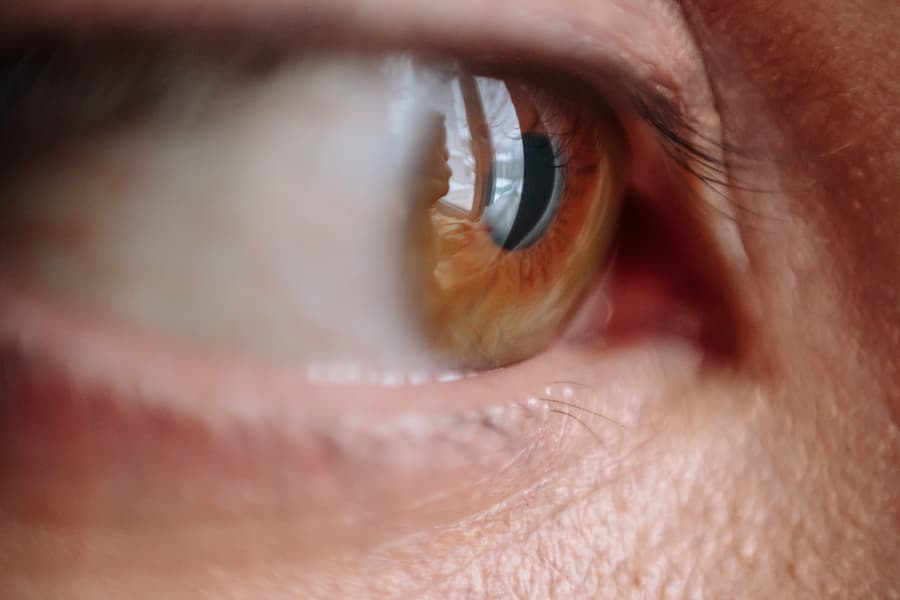I’m a big fan of all kind of new forms of assessments. I see the value in not selecting based on a resume. A resume just tells me what you’ve done, for who, and how long … not how well or under what circumstances. It also tells me nothing about you. Your hobbies just feed my prejudice about a hobby.
That’s why I’ve been testing all kind of assessment tooling for the past few years, everything from linguistic to games and micro-expressions. And I love all of them, yet all of them have their pros and cons.
Last week a new piece of scientific evidence came out that might help micro-expressions to move to the next level. It turns out eye movement during normal, routine tasks can tell four out of five of the Big Five personality traits.
In short, in the research, 50 students did routine tasks wearing eye tracking glasses. All of these students also filled in a Big Five personality questionnaire. Machine-learning algorithms looked to see if their eye movement during these tasks correlated with their Big Five personality traits. It turns out they did in four out of five cases. Only openness to experiences was below the level of chance.
Of course there is plenty to criticize this research about. Although scientifically valid, 50 psychology students, eight male, with an average age of 21.9 years, isn’t what normal human being would call representative of the world or even the nation. Yes it’s a great indication we might be on to something here.
Also, using questionnaires to validate might be questionable. Questionnaires are self assessments, and you need to be self aware for that. And as my psychology friends tend to say: not a person has so little self knowledge as a psychologist. So I wouldn’t be surprised if that openness to experience is predictable, because it’s socially unacceptable to say you are not. What I’m saying is that questionnaires can be manipulated.
Four out of five Big Five personality traits are predictable. The highest predictive value is extraversion. Next is agreeableness, then conscientiousness, and last neuroticism. Only openness to experience was below chance level. So there is plenty of reason to research this further.
Despite this being only the very first beginning of the research, this is great news. It might combine really well with micro expressions. Both can be measured in similar ways, with short videos. Micro expressions are very good at measuring certain specific qualities, like communication styles. But, they are unable to measure, for example, conscientiousness, which is something that’s important for many jobs. Combining theses two might be a real win for video-based assessments.
I hope we will see more research on this, preferably balanced on gender, age, and race. This seems easy enough, since all you would probably need is a webcam and a questionnaire. This would add great value to the new world of assessments.
